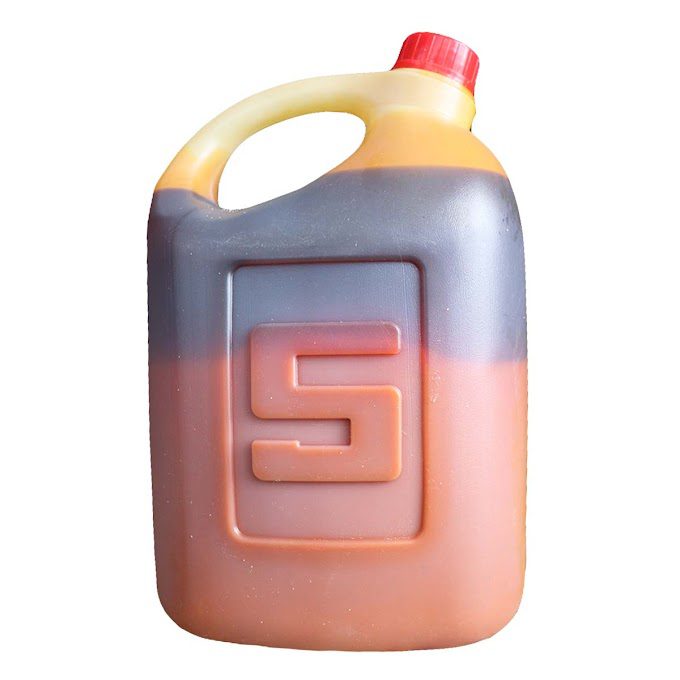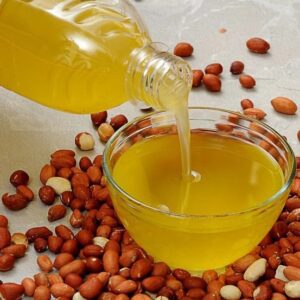Description
Palm oil is a type of edible vegetable oil derived from the fruit of the oil palm tree, primarily the Elaeis guineensis species. It is widely used around the world in cooking, food products, cosmetics, and industrial applications.
Key points about palm oil:
-
Source: Extracted from the fleshy fruit of the oil palm tree.
-
Appearance: It is reddish-orange in color when crude due to high beta-carotene content but becomes clear and light yellow when refined.
-
Uses: Common in processed foods (like margarine, baked goods, and snacks), personal care products (soaps, shampoos), biofuels, and even cleaning products.
-
Production: Mainly produced in tropical regions such as Indonesia and Malaysia, which together account for over 80% of global supply.
-
Economic importance: It’s one of the most widely produced and consumed oils worldwide due to its high yield and low production cost.
-
Environmental impact: The expansion of palm oil plantations has been linked to deforestation, habitat loss, and biodiversity threats, leading to global concern and calls for sustainable production practices.



